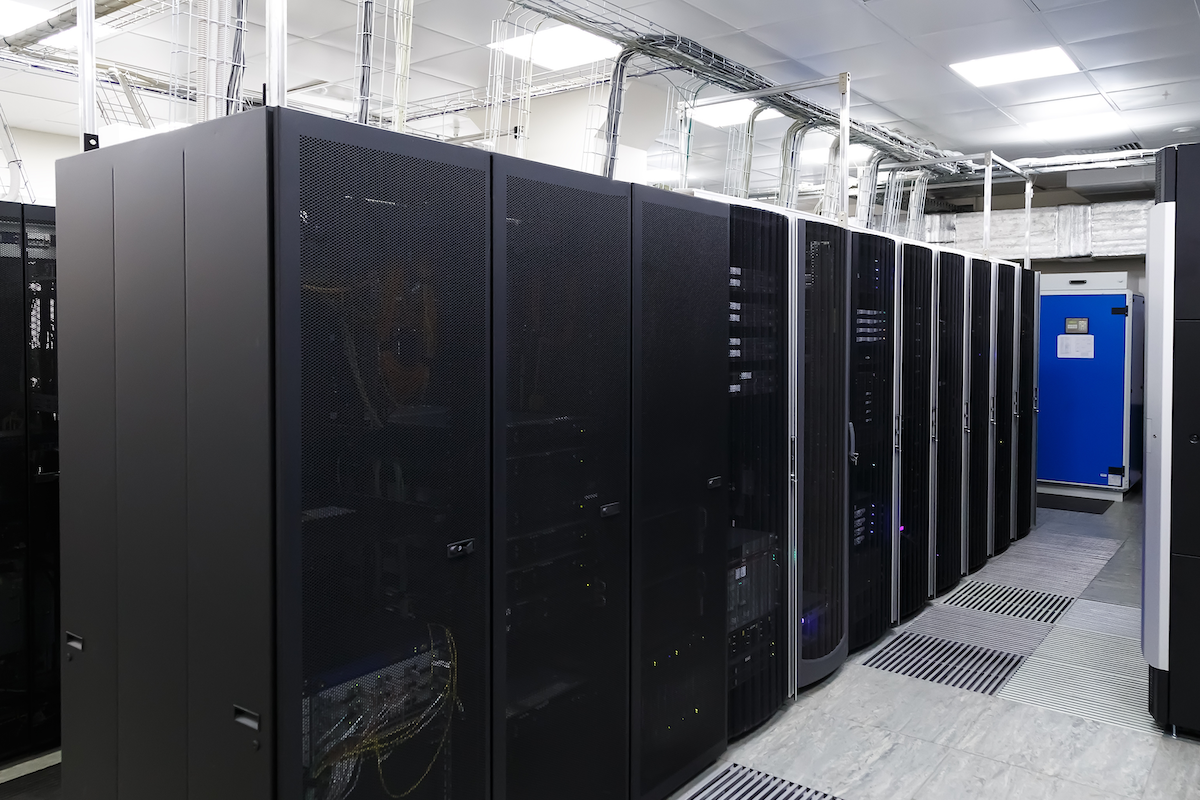[VIDEO] Major Changes to ASHRAE’s 5th Edition of Thermal Guidelines – Part 1: Recommended Relative Humidity Range14 min read

ASHRAE Technical Committee (TC) 9.9 published the 5th Edition of their Thermal Guidelines for Data Processing Environments in March 2021. While there are other minor clarifications, updates and corrections, the primary updates center around the air-cooled relative humidity limits, addition of a new air-cooled class for high density compute equipment, and several major updates to the liquid cooling chapter.
The focus of today’s blog will be on the modifications to the recommended relative humidity range based on airborne contaminant research.
In October of 2019, ASHRAE TC 9.9 published the results of Research Project 1755 (RP-1755), Impact of Gaseous Contamination and High Humidity on the Reliable Operation of Information Technology Equipment in Data Centers. That’s a mouthful, but what does it mean? In short, the research project (which can be downloaded here) focused on the affect of different gas-phase contaminants on silver and copper corrosion when combined with varying levels of elevated relative humidity. Without spoiling it for those wanting to read the entire paper and understand the specifics, the results of the study confirmed a need to make adjustments to the upper end of the recommended relative humidity range for air-cooled ITE based on concentration levels of certain gaseous contaminants at the project site. Additionally, a necessary step in using the 5th Edition guidelines is the inclusion of silver and copper coupons in the IT spaces to track corrosion rates in the facility as a predictor for ITE failure.
To learn more about the updates to ASHRAE’s Fifth Edition of Thermal Guidelines, check out our recent webinar titled, Understanding ASHRAE’s 5th Edition of Thermal Guidelines: What’s New and How It Can Impact Your Facility.
Real-time monitoring, data-driven optimization.
Immersive software, innovative sensors and expert thermal services to monitor,
manage, and maximize the power and cooling infrastructure for critical
data center environments.
Real-time monitoring, data-driven optimization.
Immersive software, innovative sensors and expert thermal services to monitor, manage, and maximize the power and cooling infrastructure for critical data center environments.
0 Comments